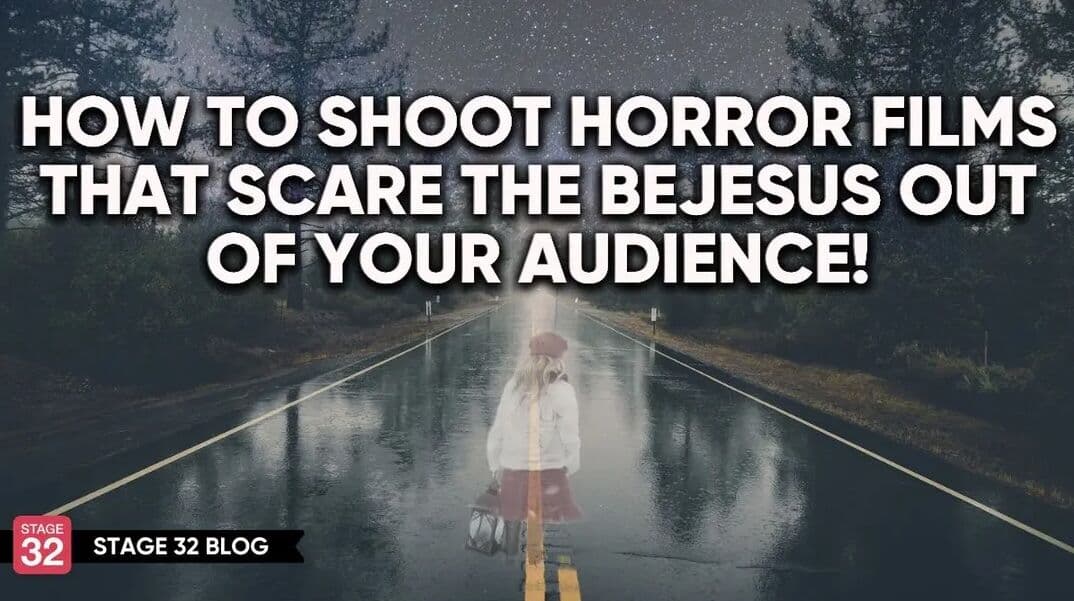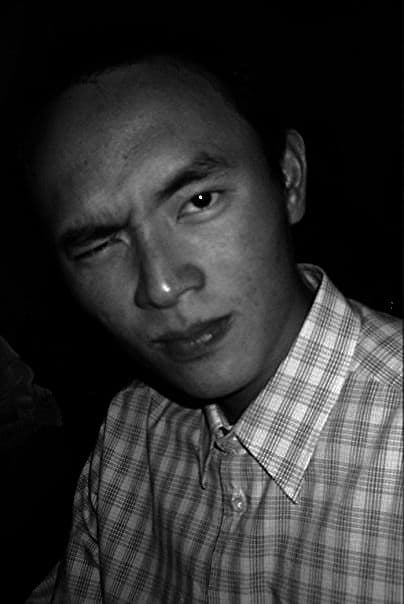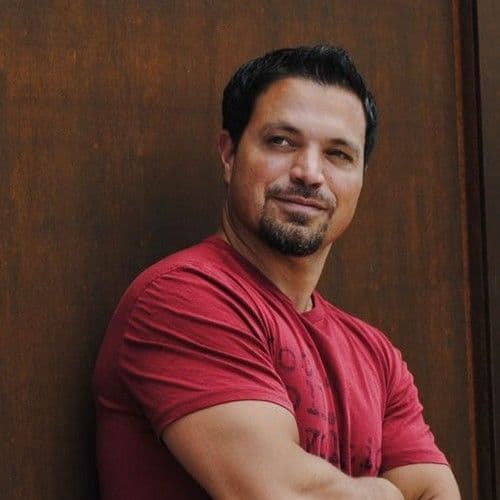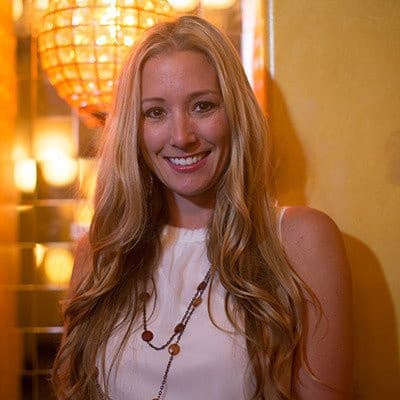What I Learned Making My First Feature Film (for Under $10k)

What I Learned Making My First Feature Film (for Under $10k)
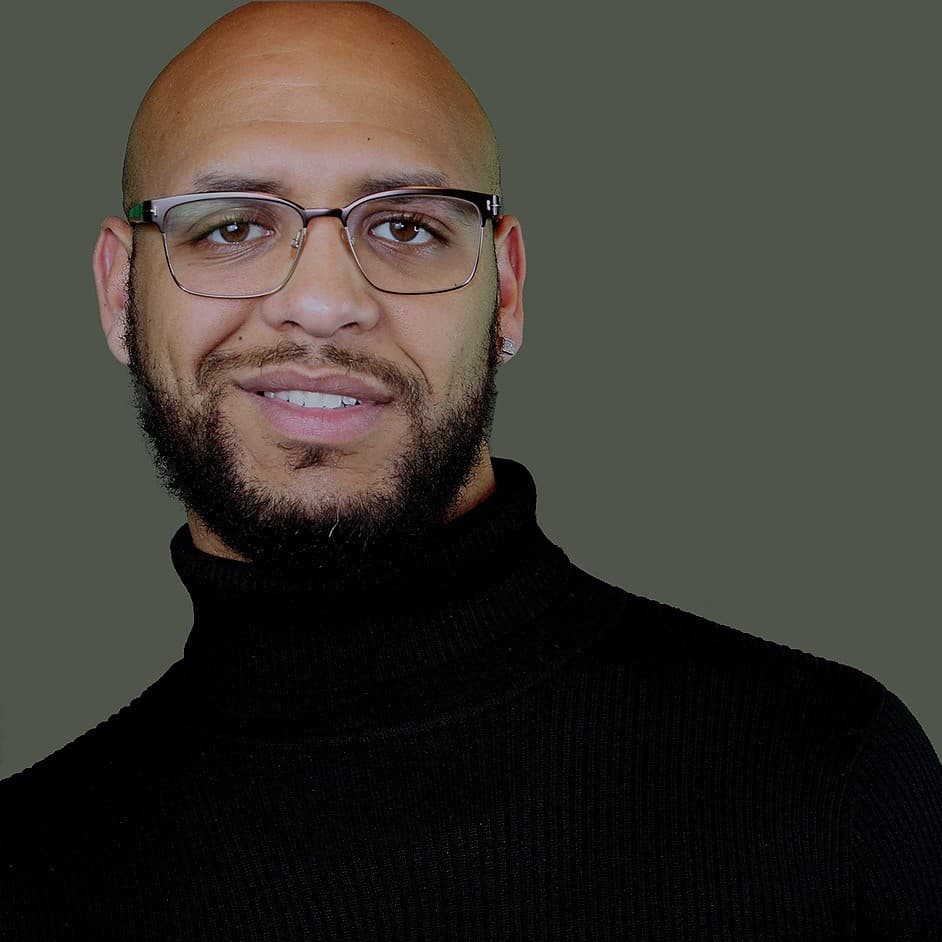
With no filmmaking experience and lot of extra time on my hands, thanks to COVID, I decided to make my first feature film. For the second time.
Quick back story. My first attempt at making a movie was in 2017. A friend of mine, who also plays a role in this movie, asked me to take a look at his short film. After watching he said he wanted me to help make it “better”. I gave it some thought and decided I would do it under one condition. It needed to be a feature.
We made it as far as me finishing the new script.
Fast forward to 2020, I couldn’t perform live music anymore so I was getting bored. I decided to write my next feature but this time be in complete control so it’d actually be made. With no filmmaking experience at all, unless you count my experience on my own self produced talk show, I made my first feature film for under $10,000. Here’s what I learned.
Writing the script
If you like writing, writing is easy. With no budget in mind and the idea that I had to mimic million dollar movies, I realized focusing on few characters would eventually cost less money in production. I didn’t have a budget, because I didn’t have a ton of money. So in every revision I eliminated roles and scenes that required extra actors or days that didn’t significantly impact the story. This cutting also helped with balancing the amount of people we were working with on a mental and emotional level.
The other thing that really helped when it came to writing the script that really mattered was intention. From the moment I started writing I had one end goal in mind; make a movie. Not sell a script but make a movie. Alongside intentionally cutting characters, I also limited the amount of locations I used, how frequently we revisited places and so much more. The goal was to make a movie not just write a script. Never lose sight of your end goal.
Planning the shoot
I learned this part is called pre-production. I also learned that the process I used of buying a huge poster board with 50 sheets to breakdown the script is built into final draft. Regardless, how you do it I found it to be a critical component. I’m sure the film students know this but for those out there like me, preproduction is everything. The part I included that was out of the norm was table reads. Even though we didn’t execute as efficiently as I wanted too, giving everyone space to learn the script and the intention behind it saved money on excessive shooting days.
Wardrobe is one area I encourage everyone to make a conscience effort to really thinking through. Here’s my reason why: it can save you money and stress with locations. In films we use locations to establish plot, setting, and character. A black hoodie at night is fear inducing but a black hoodie during a jog is ignorable. Better example, in my own film, had we done a better job with wardrobe for the detectives, I wouldn’t have had to react to feedback saying they looked like waiters by adding a police station scene. Plan your wardrobe and really create a look for your film.
Being on set
I now understand why the film crews are are so damn big. I also see where we may have created the illusion they are absolutely necessary all the time. Yes I’m sure to the most trained eyes it shows that we made our movie with a five man crew, but the average viewer doesn’t know. And more importantly, they don’t care. When trying to maintain positivity on set, I probably learned this from my time as a rapper, keep disagreements to a minimum. By that I mean, yes have passionate discussions about creative choices in the film. No, do not spend a second of the valuable expensive time you have talking about anything that won’t effect the final film your audience sees. Low Stress = High Creative Energy.
This particular note is highly geared towards writers and directors; let the actors work. A huge thing that really helped me get through making my first film was having the privilege to work with the actors I did. They were there to do what they do best and it gave me the space to focus on all the task I was juggling. I believe giving actors space to create the character they feel is critical even if it involves letting them change lines.
Choosing the prime cuts
I’ve learned, now having worked on more project since, there are many ways to edit a film but it’s all about the best takes. Just like good food, meat or veggies, it’s all about getting the best cuts of whatever your eating. I think movies are the same way but how you choose the cuts it’s part of your creative process.
For me directing the film I wrote, I found it very easy to choose my cuts as we were filming which saved us time in editing and on set. Remember time save is money saved. Of course, I was only able to think in that manner because of how much time I spent with the script planning how to save money on set.
On the flip side however, one of the many lessons I learned along the way was extra cuts are never bad. By that I mean you can never have enough footage. That’s where I would make a few changes in how we did this. Because I “knew what I wanted” we really only shot the things I needed. Editing was super easy because every shot counted for exactly what it was. But I’m that same lane, it was extremely limiting on the creative side of editing because we didn’t have enough shots to play with. It’s a very delicate balance, at any budget level, you have to find between overshooting (cost more money) and under shooting (gives you less to work with.)
And now for the premiere
No matter what your distribution plans are, take your time screening your film to various crowds. After the film is put together show it a few times in Pre-Final state. My exact process was: watch with DP, watch with Music team, watch with cast & crew, watch with a few strangers, watch with a few friends, then Red Carpet. Take the time to make the micro adjustments necessary as you screen to ensure your story is being told how you want it.
The small screenings are easy. Pick a space invite some people. Start with friends, then move on to friends of friends, etc. Planning a premiere screening event, now that’s going to require some help. Depending on your event planning experience you’ll manage through various levels of the work necessary.
If you’ve never planned a movie premiere in your life, regardless of experience, find some help. It was all worth it, but I would never want to experience the levels of stress I felt managing the premiere mostly on my own. And I would never want that stress level on any other filmmaker, you need a team for the premiere the same way you need a team for the film.
The most important note
Go make your movie. This isn’t the first article you’ve read or the first time you’ve come to the incredible Stage 32 community for motivation. You need to get up, take all the information you’ve acquired in life and apply it to making your movie. Don’t be held back by anything, especially not a lack of tools. Every tool serves a purpose, if you find something to replicate the tools purpose, you don’t need the tool. Think of how we use lightbulbs in regular life to replace the sun.
You decided you want to make a movie, very few people woke up with that desire, pursue it.
Let's hear your thoughts in the comments below!
Got an idea for a post? Or have you collaborated with Stage 32 members to create a project? We'd love to hear about it. Email Emily at emily@stage32.com and let's get your post published!
Please help support your fellow Stage 32ers by sharing this on social. Check out the social media buttons at the top to share on Instagram @stage32, Twitter @stage32, Facebook @stage32, and LinkedIn @stage-32.
About the Author

Vega Montanez
Director, Producer, Screenwriter
Inspired by multitalented artist like Will Smith, Donald “Childish Gambino” Glover, & Curtis “50 Cent” Jackson, Dominican-American Writer, Director and Media Personality, Vega Montañez is an endless stream of creative ideas attached to an unbreakable determination to bring stories to life. Curren...
